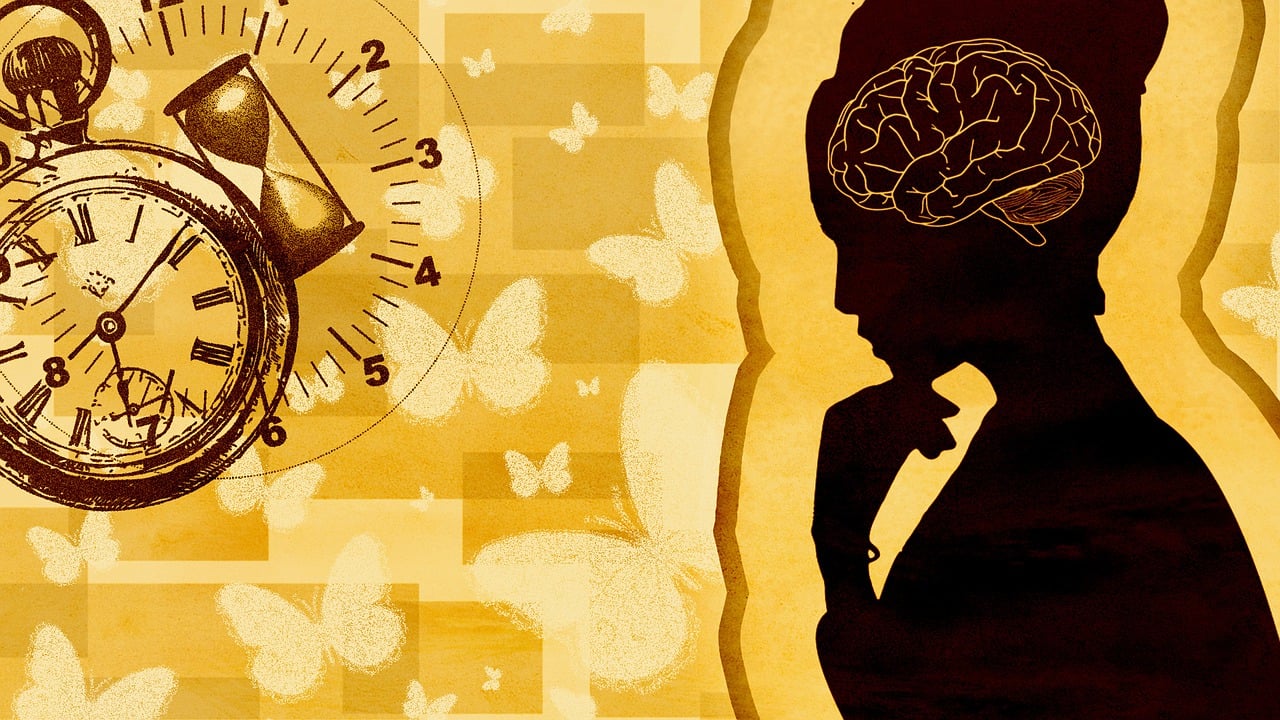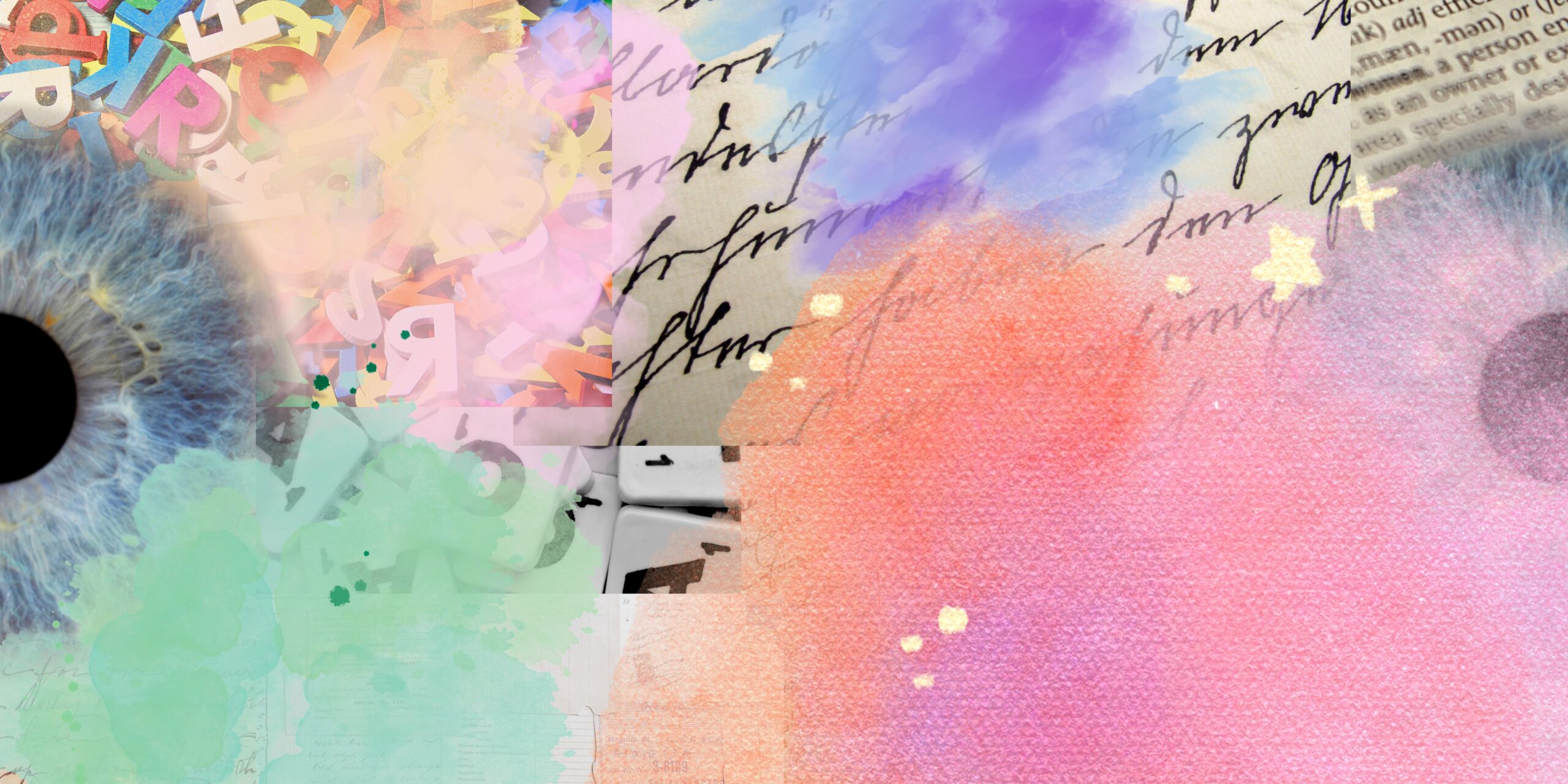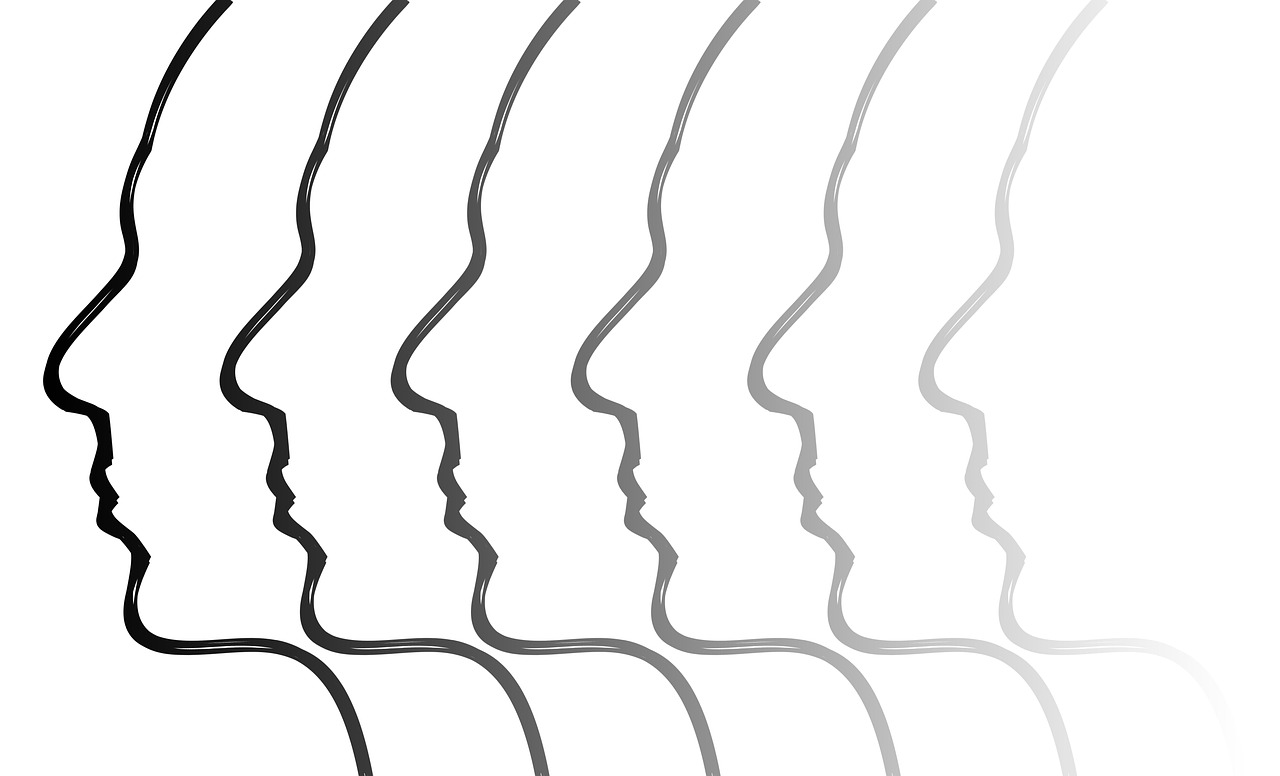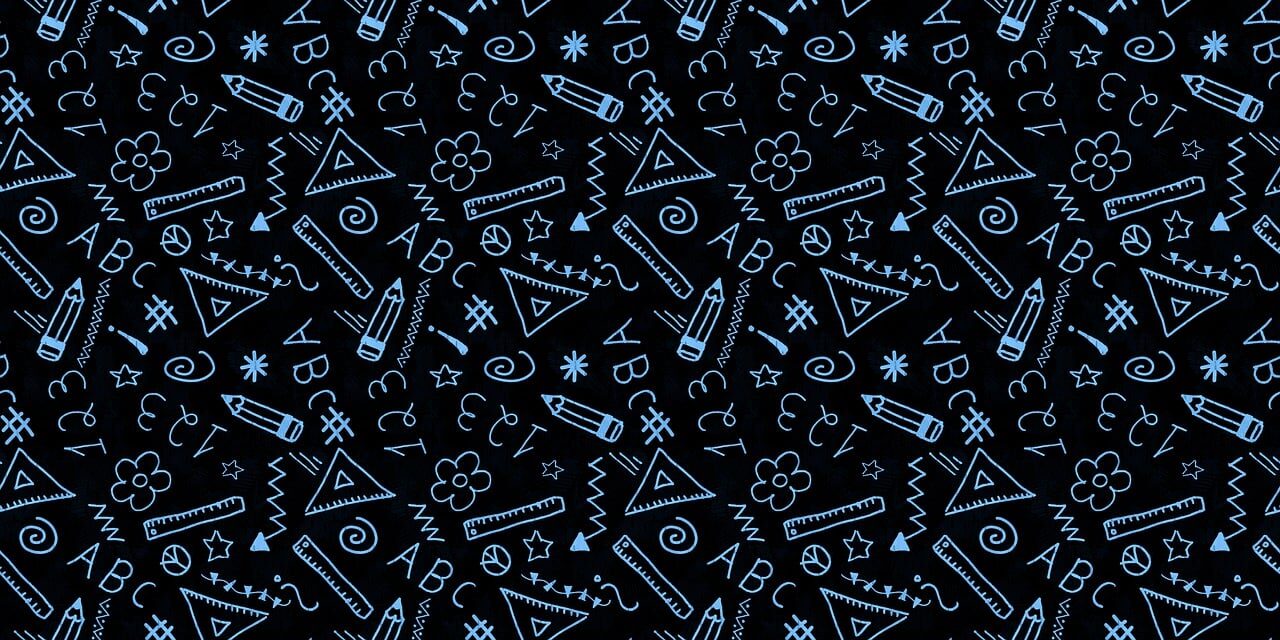Self-harm refers to hurting oneself purposely but without wishing to die. There could be multiple reasons why individuals indulge in self-harm. According to the empirical evidence, self-harm is a complicated issue for many teens and young adults, but they see it as a required pain. Such individuals are found to engage in self-harm because, for […]
Major Types of Self-Harm










